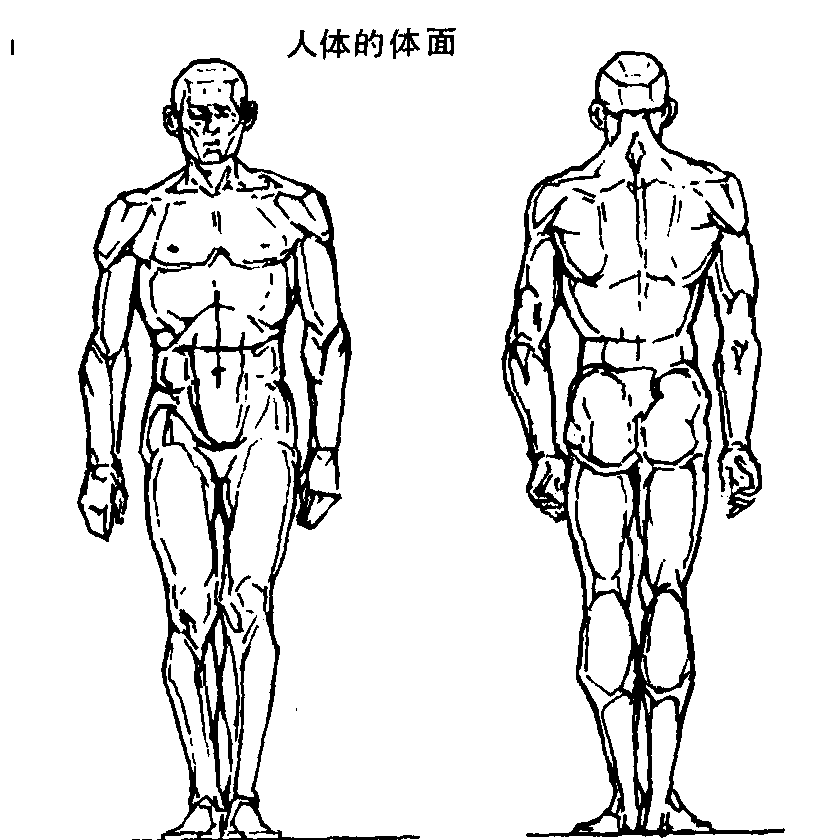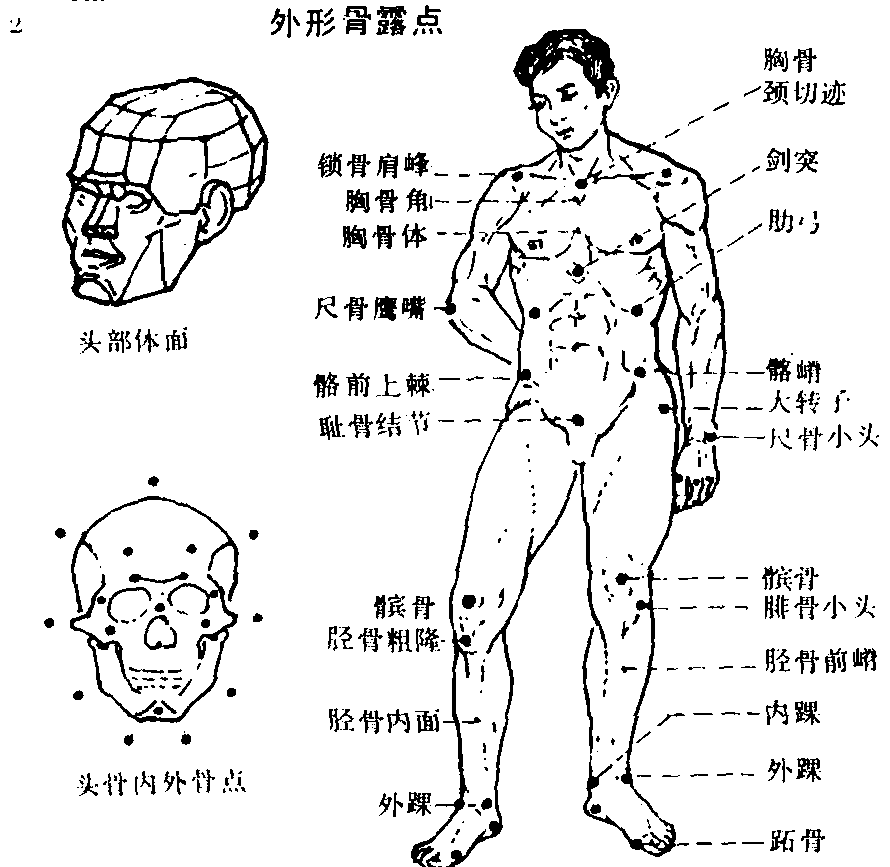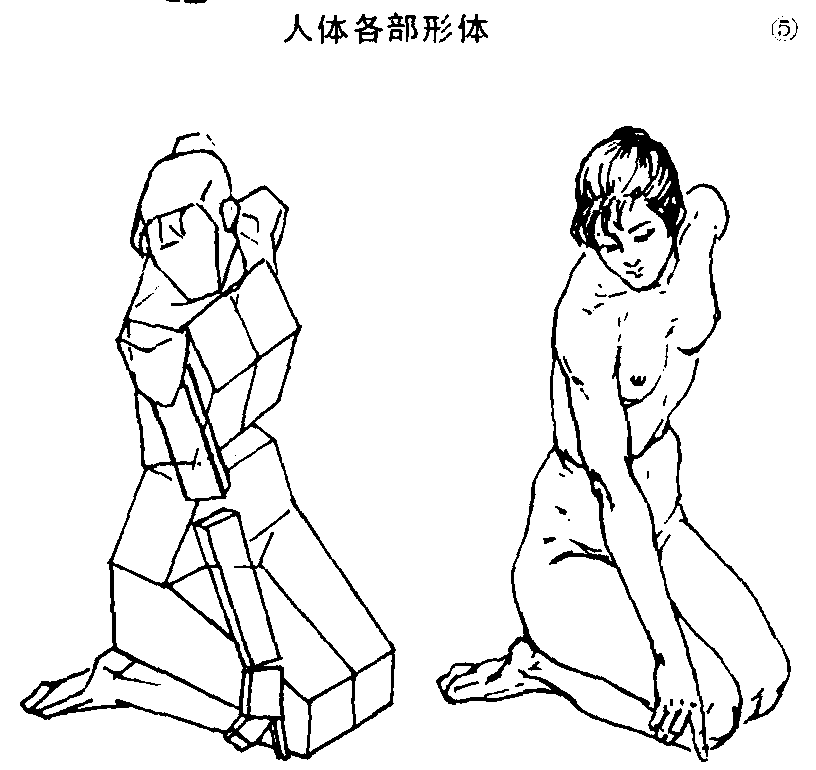人体的体面
组成人体形体的转折面。它是构成立体的基本条件,是画明暗的依据。分析理解的方法:❶从断面去理解,如三角形的断面则体面为三个转折面。
❷从轮廓边线去看体面,如画正面的起伏体面,可在侧面去观察。
❸人体各部都可分为前面、两侧、顶面或下面,每个起伏也至少可分三个连续的面。
❹从骨骼、肌肉结构的形去理解体面(见图2❶
❷
❺)。



| 词条 | 人体的体面 |
| 类别 | 中文百科知识 |
| 释义 | 人体的体面组成人体形体的转折面。它是构成立体的基本条件,是画明暗的依据。分析理解的方法:❶从断面去理解,如三角形的断面则体面为三个转折面。
|
| 随便看 |
开放百科全书收录579518条英语、德语、日语等多语种百科知识,基本涵盖了大多数领域的百科知识,是一部内容自由、开放的电子版国际百科全书。